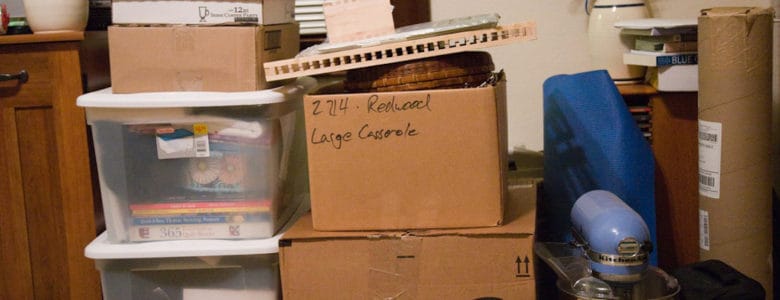Should you buy insurance for your move? Isn’t it automatically covered?
It’s become cliche to say that moving is stressful. Between packing and general chaos, moving is no fun. The most stressful moments, though, might be the time when your most precious possessions are like Schrodinger’s Cat. They exist and they don’t exist and you have no idea what condition you’ll get them in.
<h2>Now, we wouldn’t be writing this if we were known for damaging or losing your household goods, but on occasion, accidents happen and that’s why you should purchase insurance.</h2>
For most, this makes absolutely no sense. Shouldn’t moving companies automatically cover everything you own? The answer is more complicated than you think. Moving companies are not insurance companies. We can’t really tell the difference between an 18th Century Queen Anne and a reproduction. That’s what insurance companies specialize in.
On the other hand, the federal government and the state of California do require that movers cover $.60 per pound per item. That means that if your Queen Anne chair weighs 70 pounds, you’ll receive a grand total of $42.00. Even a reproduction is worth more than that, right?
Unless everything you own is junk (and if that’s the case, why move it?), purchasing insurance, while you’re unlikely to use it, offers peace of mind. Many movers use companies like Baker’s International, which is underwritten by the world-famous Lloyds of London, for their customer’s insurance needs. It’s simple. You just go online and purchase a policy.
In some cases, homeowner’s insurance may cover the move, but typically not. You can ask your homeowner’s or renter’s insurance agent if you can buy a rider for the policy that will cover the move.
Featured image via Pictures of Money/Flickr.













